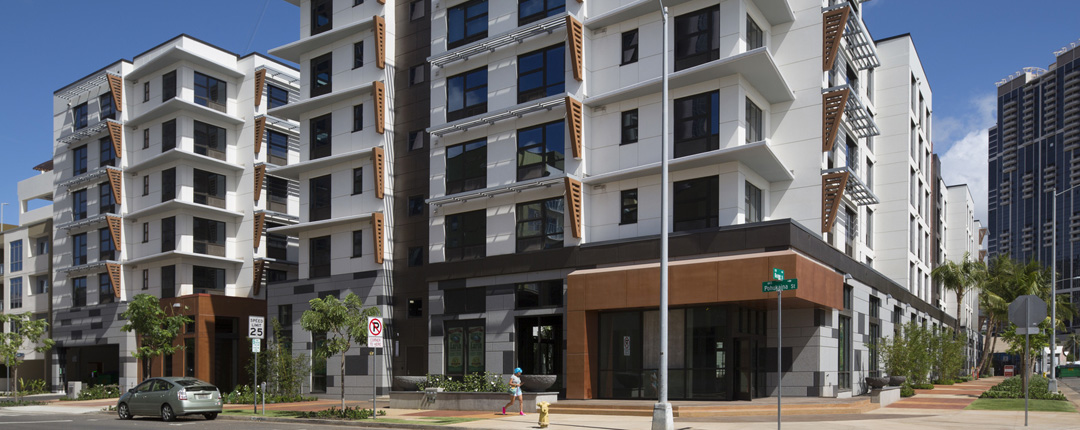
Green building is in the middle of a revolution. For more than 20 years, green building has been based on prescriptive “best practice” requirements, documentation and third-party review. This powered market transformation around the world. But today, we are witnessing a shift toward operational performance as one the of the primary motives for pursuing green building certification. Today’s developers and owners don’t just want to achieve certification—they want to know how their buildings and assets are performing after they are constructed and occupied. This shift means that we will increasingly define “green buildings” based on operational performance and use real-world performance metrics as the documentation for certification.
Arc provides the tool to help measure this performance
Arc helps accelerate and power this transformation. Arc uses real-world data to power market transformation and provides tools to aggregate, analyze and score energy, water, waste, transportation and human experience.
LEED v4.1 O+M represents an important milestone in this transformation, with more than 40 percent of points for new certifications powered by Arc and the availability of a new performance-based recertification pathway. This is a win-win situation. A performance-based approach increases confidence in actual outcomes and streamlines certification, and enables projects to quantify the impact they are making.
Arc can do more than provide a streamlined and faster, easier certification process. New performance data can help answer common questions about green buildings, such as, “What is the carbon footprint of a LEED building?”
Greenhouse gas emissions are one of the most important performance metrics for any green building, and their reduction has been the primary objective of the LEED rating system since 2009. Arc has provided a systematic way for any green building project to measure and track operational building-related emissions. As a result, we can use real-world data to understand GHG emissions for different LEED certification levels.
A large sample of projects available in October 2018 shows that the average LEED-certified project reported a GHG emissions intensity of 0.009 metric tonnes of CO2 equivalent per square foot (mTCO2e/sf). This number includes both on-site combustion and purchased energy (e.g., electricity and/or steam). These emissions are often described as Scope 1 and Scope 2. LEED Platinum buildings reported operational emissions of 0.004 mTCO2e/sf; 56 percent lower emissions intensity than their LEED-certified counterparts. This reduction reflects greater energy efficiency and increased use of renewable energy.
| LEED Certification Level | Total GHG emissions Metric Tonnes CO2e per square foot |
Change from Certified % |
|---|---|---|
| Certified | 0.009/td> | 0% |
| Silver | 0.007 | -22% |
| Gold | 0.006 | -33% |
| Platinum | 0.004 | -56% |
This simple analysis illustrates the benefits of pursuing high level of LEED certification, and the potential for Arc to help projects understand and communicate real-world performance.
